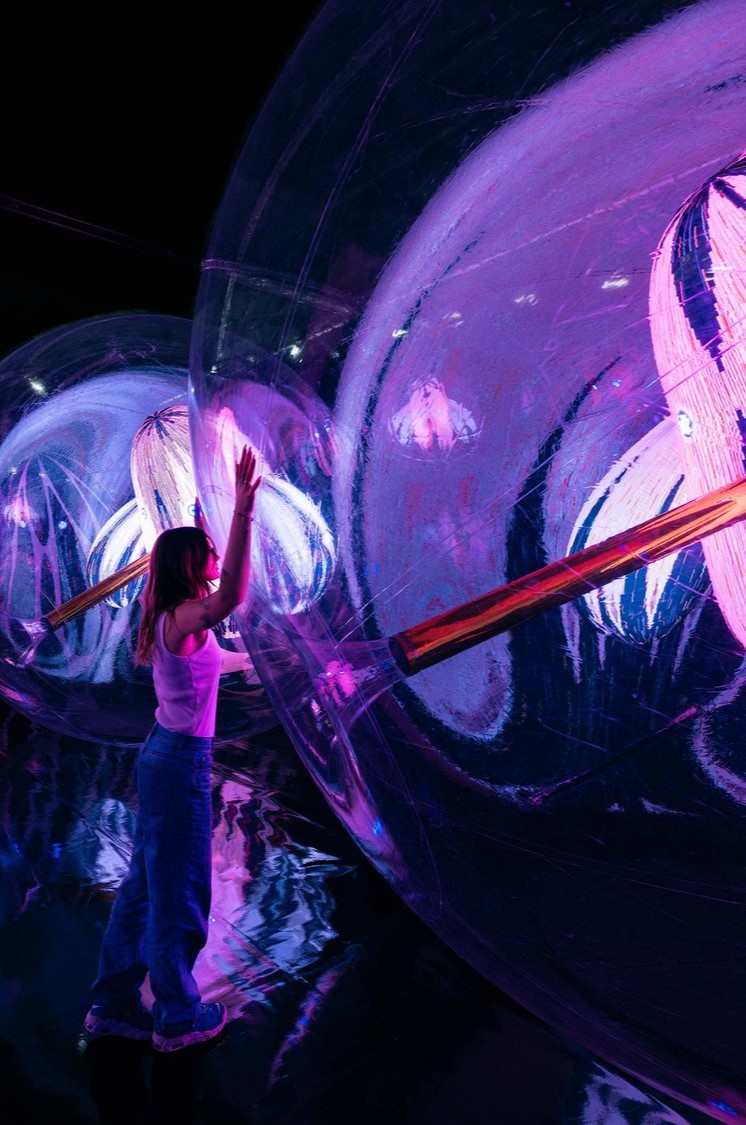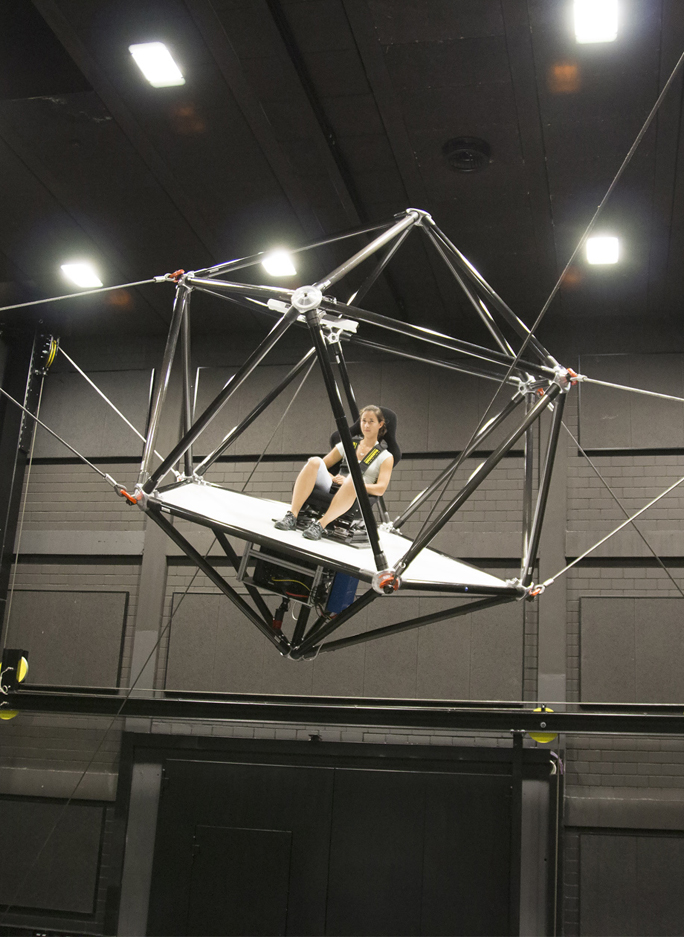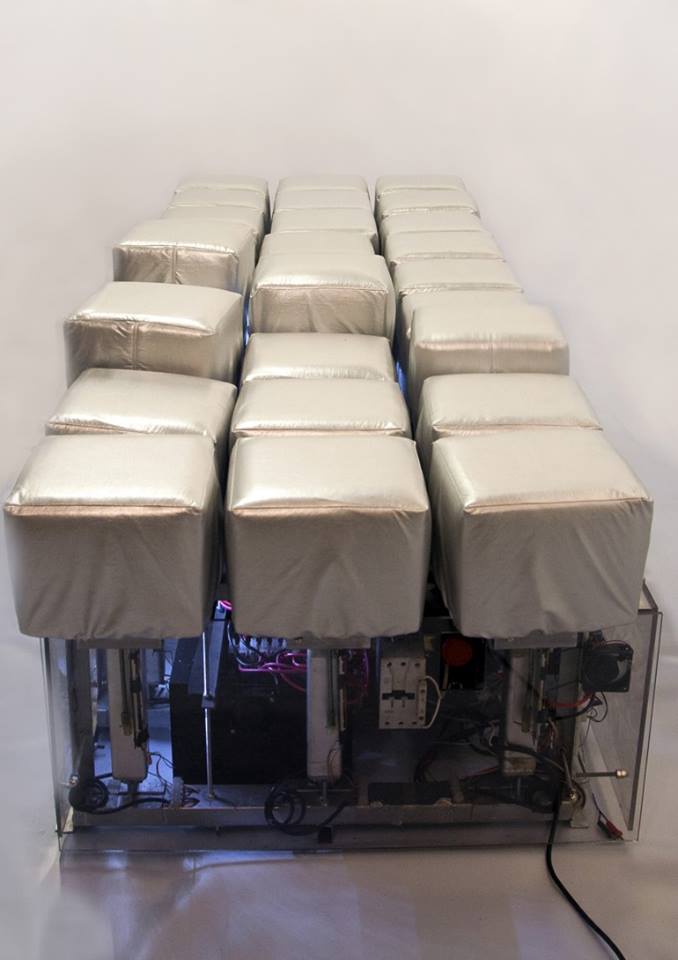
ENESS
Spiritus Sonata
Spiritus Sonata is an artistic representation of animism. ‘Spiritus’ is variously translated from Latin, Hebrew and Greek to mean breath or ‘spirit sense’. With this theoretical combination of breath, spirit, animating the inanimate and investing our characters with digital souls, we aim to engender positive emotion in our audience.
By embedding echoes of childhood play in this installation and linking them to animism we hope to inspire reflection in participants. The same air used to inflate the structures is used to create sounds from their nose extensions, an instrument that operates like an old church pipe organ, another subtle link to worship as well as being a joyful, playful feature.









